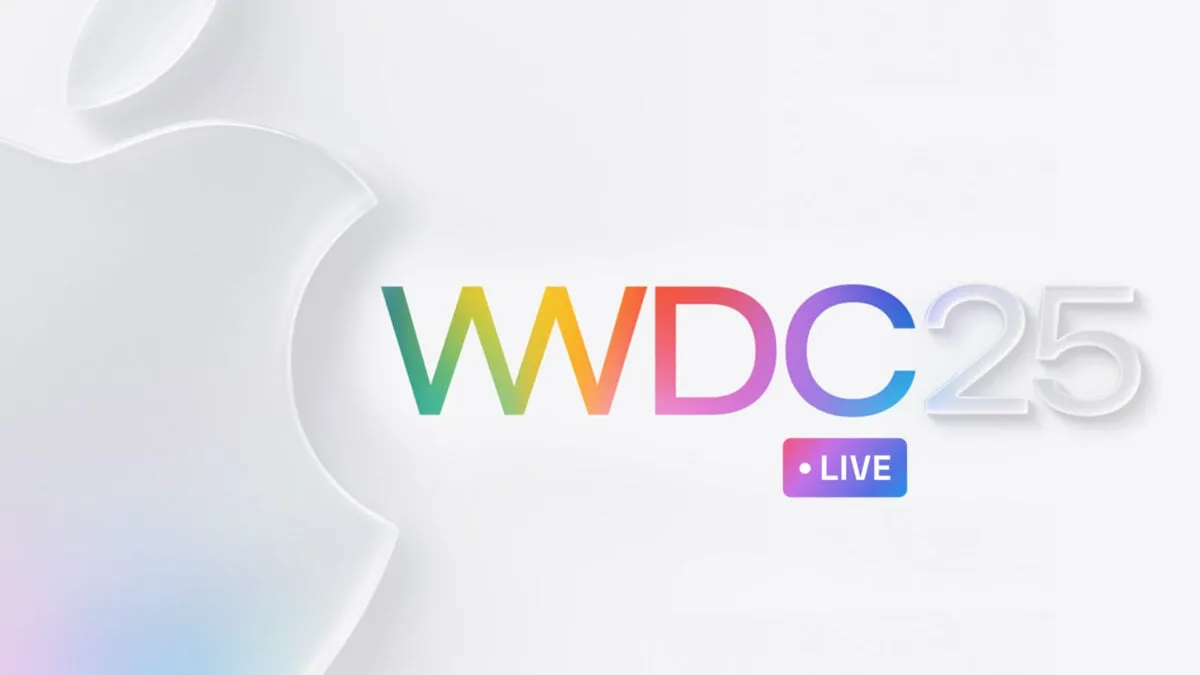
There’s a light at the end of the long, long tunnel for Apple enthusiasts. The tech giant is set to unveil its next slate of software updates, and if the latest rumors hold true, every operating system will be transitioning to a new naming convention, jumping to iOS 26 and macOS 26. This shift suggests that Apple is aiming for a more unified design across all its software platforms, potentially taking cues from the glassy interface of the Vision Pro’s visionOS.
One of the most exciting aspects of the upcoming updates is the anticipated overhaul of the user interface. Apple seems to be embracing a glassy aesthetic, which could transform the Mac menu bar, app icons on the iPhone, and various widgets into a more cohesive and visually appealing experience. This design shift not only modernizes the look but also aligns with the innovative features introduced in the Vision Pro.
Beyond the aesthetic changes, Apple is expected to introduce several new features that could enhance user functionality. Among these, we might see a Preview-type app for both iPhone and iPad users, streamlining the way documents and images are viewed and edited. Furthermore, a dedicated Gaming app could debut for mobile devices, signaling Apple's commitment to expanding its gaming ecosystem.
While anticipation builds for these changes, expectations for “Apple Intelligence” updates should be tempered. The upcoming software may include new live translation features for phone calls and texts, but there are unlikely to be significant advancements in generative AI. Despite last year's promises of revamped Siri capabilities and other innovative features, many of these updates have faced delays or appear to have been overstated, with sources suggesting that some features may not have been fully developed before their announcement.
One of the most notable changes that could emerge from the WWDC 2025 event is the rebranding of Apple's software naming conventions. According to reports from Bloomberg’s Mark Gurman, all of Apple’s software, including iOS, macOS, iPadOS, watchOS, and visionOS, may transition from their current version numbers—18, 16, 18, 11, and 2—to a new system that reflects the year of release plus one, resulting in a jump to 26. This shift, while seemingly superficial, signifies a significant change in how Apple positions its software and may align with the broader transformations anticipated in the new version of iOS.
Looking ahead, the upcoming Monday event could be pivotal for Apple as it seeks to redefine its role in the tech landscape. Senior Writer James Pero suggests that this moment will be critical for determining whether Apple will emerge as a leader in innovation or fall behind its competitors. As the company navigates the complexities of generative AI and software development, the optics of their announcements will be crucial in shaping public perception and investor confidence.
In conclusion, as we await the unveiling of Apple's new software updates, it's clear that significant changes are on the horizon. From a unified design philosophy to new features and a reimagined naming strategy, Apple is poised to make a statement that could redefine its future in the tech industry.